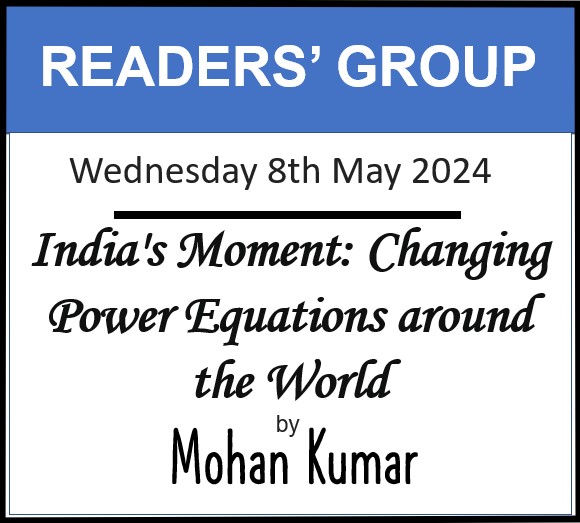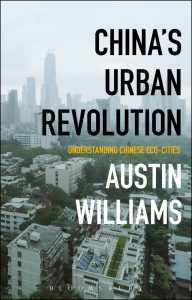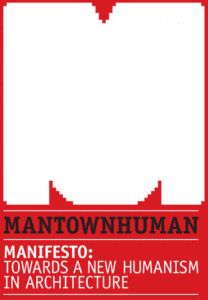Chronic Dissentery: Olympic Whingers
‘The Art of Dissent’ edited by Hilary Powell et al
Austin Williams | 24 July 2012
British comedian Jimmy Carr was recently heckled with the taunt ‘You don’t pay tax’. Floundering for reply, Carr spat: ‘I pay what I have to and not a penny more’, which was possibly one of the least funny comeback lines ever delivered. This exchange, allied to the growth of the self-proclaimed ‘grassroots movement’ UK Uncut, which campaigns against tax avoidance, says something about the level and target of political protest in Britain today. Whereas most people long to pay less to the Treasury, activists are now preaching tax morality.
Historically, radicals tried to transform society rather than merely arguing for redistribution. Francis Fukuyama argued in Foreign Affairs journal that, despite major upheavals within the capitalist system, there is currently a ‘lack of left-wing mobilisation’ principally due to ‘a failure in the realm of ideas’. The Art of Dissent addresses, but ultimately reflects that confusion at the heart of alternative politics today.
The first Dissenters instigated the Protestant challenge to the hegemony of the Catholic Church and suffered badly after the Restoration. By definition, they were non-conformists. They believed in reason (albeit God-ordained reason) and have long been recognised as playing a significant part in the foundation of enlightened, Enlightenment ideals. Dissenters played a heroic part in the story of history.
So to this book. The introduction opens with a definition of dissent: ‘to differ in sentiment’. Compare that with Derek Fraser’s classic description of religious Dissenters as ‘men who disagreed about the very nature and purpose of existence’. The former mealy-mouthed dalliance with the meaning of dissension − a dictionary definition! − washes away its historical significance to present us with a clinical approach to protest that is ‘inspired by its etymology, its literal meaning’. This is a book that is purposively shorn of deeper political content, and yet masquerades as a radicalising tract. Actually, this is a book of such incredible indulgence that Martin Luther will be spinning in his grave.
The book is broken down into four parts designed to ‘crack open London’s Olympic state’: Incursions, Excavations, Displacements and Aftermaths. It is an exploration of the implications of the Olympics on this particular area of London. Many essays concentrate on what Oliver Wainwright calls (in one of the better essays) the ‘infrastructure of exclusion’, ie, the site boundary fence. This ‘eleven miles of blue plywood’ becomes a totemic instrument of corporate power over the little person, rather than a legal requirement around a major building site. But soon, Tesco, McDonald’s, Westfield, LOCOG, planning departments and corporates find their way into the narrative as villains of the piece. And while there is a place for an exposé of state monitoring and dubious evictions, the authors are mere observers − complaining observers − not dissenters at all.
This ‘heterogeneous assemblage’ of modern dissenters comprises essayists and artists who tell us how they have given voice to the so-called displaced, oblivious to the patronising nature of their zealous defence of the voiceless. These meandering psychogeographers chatter about the joys of lost communities and the trauma of the urban memory that has been erased by the destruction of a shed, or the denied ‘cultural significance of self-devised space’. In this story, the public are what left-wingers used to call a ‘stage army’ to be wheeled on to back up the thesis.
Things are not helped by the fact that these patrician voices have produced, in the main, a book peppered with weak theses and bad art. The photographs are its redeeming feature: Stephen Cornford, who appointed himself ‘artist in residence,’ has an amusing diary of late night trespassing, Stephen Gill’s corroded photographs are strangely beautiful, and Ali MacGilp’s wasteland parody of Olympian imagery is entertaining. However, when combined with explanatory notes, even these pictures become slightly fatuous. David George’s atmospheric black and white photos are better served as he lets the pictures do the talking.
Anthony Iles’ essay on Cedric Price’s Fun Palace designed for the Lower Lea Valley in the early ’60s, raises some interesting questions about the need for visionary architecture, but chastises Price for not being an egalitarian, and ends up simply grumbling about the world. Regeneration, he says, ‘is contemporary parlance for the violent forms of destruction and displacement which have accompanied capitalist development throughout industrialisation’. That there has been incomparable social progress in those two centuries goes unremarked.
Instead of dissent, we have a book of tired mantras questioning the ‘overarching myths of progress’. Helen Lensky says her subversion of the Olympic slogan ‘Expect the World’ is ‘Expect the Worst’, which is a particularly mean-spirited reflection of the Olympic ideal. The original Dissenters had a vision of a better world, whereas our contemporary ranters are just complaining. All too often they are blind to the exciting, positive, humanistic value of the Olympics.
Tim Abraham’s new pamphlet The Stadium (Machine Books) has more content, criticism and conclusions in 30 pages than The Art of Dissent does in 300. And at £14.99 (compared with £8 for The Stadium), it is surely pricing the poor and socially excluded out of the enjoyment of reading it. But in reality, The Art of Dissent is a self-indulgent piece of vanity publishing. Indeed, so mainstream are these tired arguments that not buying it would be an act of dissent.
This review first appeared in Architectural Review
‘The Art of Dissent: Adventures in London’s Olympic State’ edited by Hilary Powell and Isaac Marrero-Guillamon; Marshgate Press, 2012. 302pp
The Art of Dissent: Adventures in London’s Olympic State; Marshgate Press, 2012 302pp






